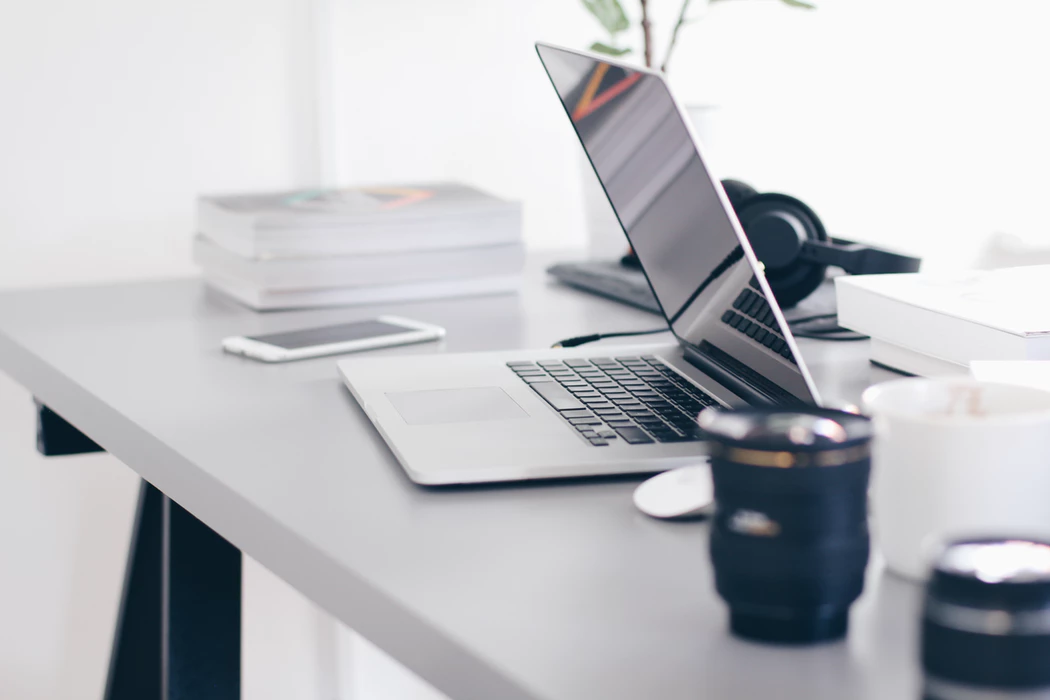
By Bond Collective Staff
For some people, organization is second nature. For others, it’s like forcing a square peg into a round hole. If you’re in the latter group, we’ll show you how to organize your desk for maximum productivity. If you’re in the former group, you’ll find some unique tips to make your organization even better.
How To Organize Your Desk
1) Clear Everything Off

The first step in organizing your desk is clearing everything off. And when we say everything, we mean everything. Disconnect the phone. Unplug the monitor. Remove all papers, files, and office supplies. You should be able to see every square inch of your desk when you’re done.
Before moving on to the next step, take a few minutes to sort through the extra paper and office supplies. Discard what you don’t need and put the rest in piles for later.
2) Clean All Surfaces
While the top of your desk is completely bare, clean the surface with a soft cloth and disinfectant. It takes less than a minute, but it makes for a happier and healthier working environment.
And while you’re at it, clean your keyboard (one of the dirtiest and most difficult-to-clean tools on your desk) with this quick and easy office hack: run a strip of clear tape through the spaces between keys to pull out all the dust, crumbs, and hair that build up over time.
3) Divide Your Desk Into Sections
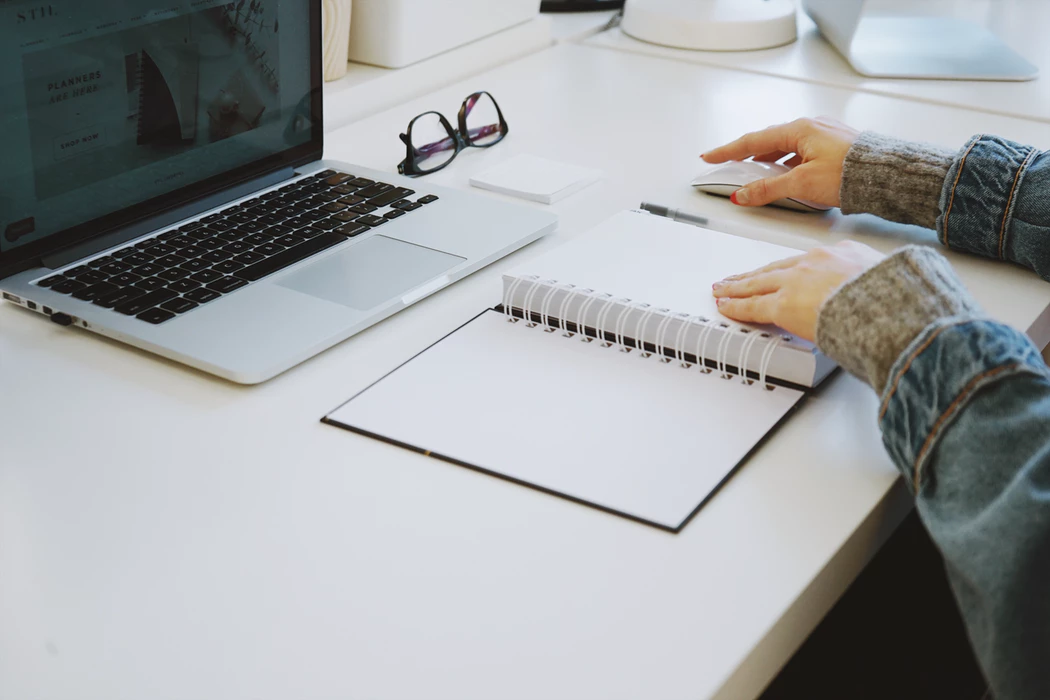
Now it’s time to start organizing. For this step, divide your desk into distinct areas:
Monitor/Computer
Phone
Files & Paper
Empty Space
Supplies
Here’s what goes in each section.
Monitor/Computer
This is the space for your most important tool: a monitor and/or laptop. It doesn’t matter if you use a laptop by itself, a laptop and a peripheral monitor, or just a monitor (with a desktop unit stashed somewhere else), this item needs its own dedicated area.
The middle third of your desk should always be reserved for your computer. That way, you can pull your laptop or keyboard toward you or away from you as the need arises. If you leave enough room to do that, you can always use the space directly in front of you for writing, signing, and reviewing papers.
Phone
If you have a landline phone on your desk, place it on your dominant side toward the back of your desk. That way, you don’t have to reach across your body to pick it up.
If you don’t have a landline phone on your desk, use that space to set up a charging station for your mobile phone or tablet. If you don’t have either of those, move one of the other sections here so you have more empty space at the front of your desk.
Files & Paper
In the back corner opposite your phone, place a four- or five-slot vertical file holder. Label those slots with the following priorities:
Urgent and important
Urgent but not important
Important but not urgent
Not important and not urgent
Now sort through all the papers you removed from your desk and place them in file folders that correspond to one of the four categories. Store these file folders in the vertical holder.
Empty Space
Maintain an empty space in front of your phone (or where your phone should be). That way, you’ll always have a quick-access workspace on your dominant side for writing and organizing.
Supplies

Limit your supplies to only a few essential items and store them in the same place all the time.
Keep in mind that you don’t need a cupful of pens and pencils when a single, high-quality one will do. When you’re finished writing, always place the pen or pencil back in its designated spot. We like to store these writing implements on the edge of our adding machine or the back of our keyboard.
4) Limit Personal Items
One of the biggest distractions on your desk is clutter in the form of personal items. So if you’re looking for one of the best tips on how to organize your desk, limit those personal items to no more than three.
A picture of your family or pet. A unique souvenir from your recent trip. Your favorite stress ball. And that’s it. Limiting your personal items to three or fewer helps you avoid distractions and stay focused.
5) Hide Purses Or Bags In A Drawer
When you walk to your desk first thing in the morning, don’t just drop your purse, bag, and cell phone onto the desk. This is unnecessary clutter that can make you feel overwhelmed before you even begin.
Instead, stow your bag or purse in a large desk drawer so it’s out of sight and out of mind. And if you really want to keep your desk organized, move your mobile phone to this drawer too so you’re not constantly checking for notifications.
6) Set Up An Inbox
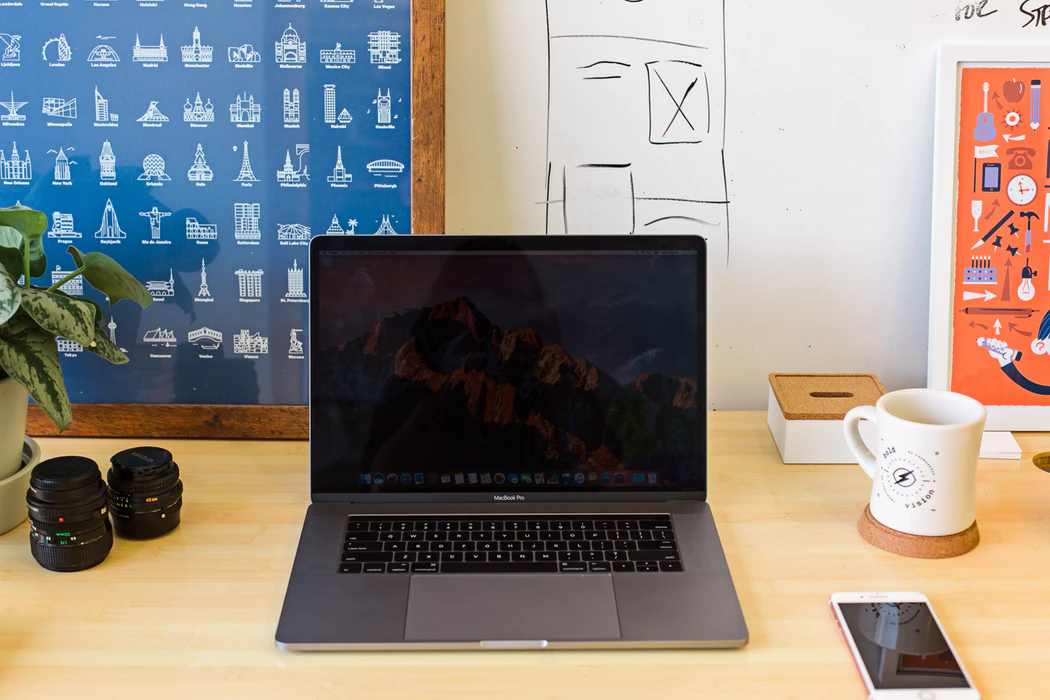
If team members are constantly delivering papers to your desk, keep the information organized with an inbox. Be sure to label the inbox with big, bold letters so that everyone knows where to place new items. This helps maintain your desk organization — especially when you’re away — by restricting everything that comes in to one area of your desk.
If you choose to use an inbox, place it in or near the same section of your desk reserved for the vertical file holder mentioned above.
7) Scan Documents When Possible
If you’re concerned with how to organize your desk and keep it clear of all the paper that accumulates throughout the day, scan as many documents into your computer as possible.
Create a special folder on your computer (something like “Scanned Documents”) and set it up so that all new scans are stored in that location. From there, you can move the documents into more specific folders for long-term storage.
Scanning only takes a few moments depending on how many pieces of paper you have, but it can save you time and energy in the long run by keeping your desk organized and tidy.
8) Corral Computer Cables
Few things make your desk feel more disorganized than a messy mass of computer cables. Simply knowing that a big knot of wires is hanging under your desk or lying on the floor is enough to distract even the most focused person.
Invest in a cable-organization system and take a half-hour when work is slow to corral the cords so there’s less disarray. This will make your desk feel more organized even if you never see the cables again.
9) Store Electronics Out Of Sight
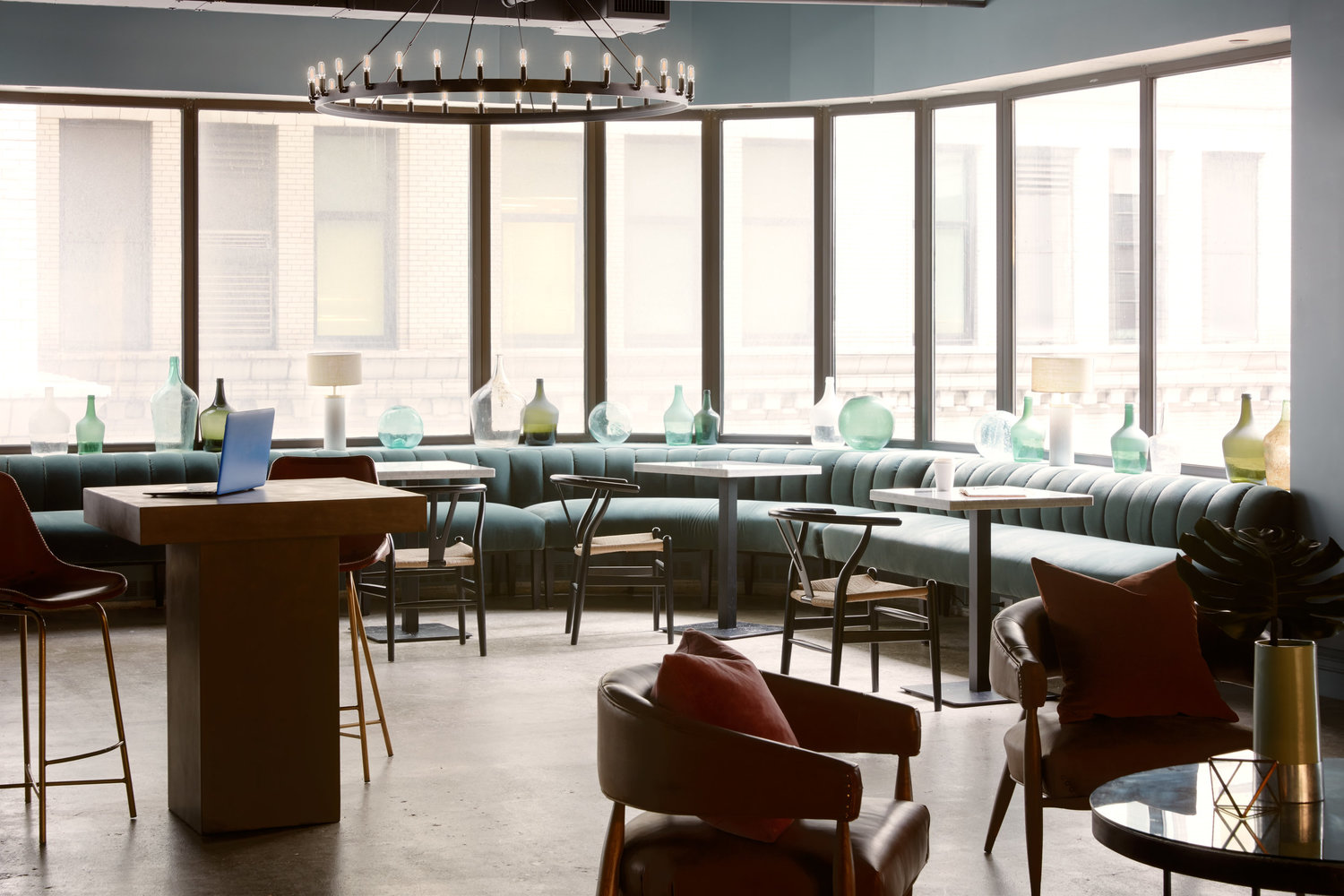
We’ve already mentioned how to organize your desk by storing your phone in a drawer while you’re working. But you can use the same idea to good effect by storing other electronics out of sight (or at least off your desktop) as well.
If you use a desktop computer for work, place the CPU on the floor beside or under your desk. Your modem and router can go down there too — or even in a drawer — as a solution for how to organize your desk.
10) Tidy Your Space Before Leaving Each Day
Once you have your desk organized the way you want it, make a point to tidy your space every day before you leave the office. File those stray pieces of paper in the vertical holder. Put your pen or pencil back in its place. Get rid of any scrap paper you no longer need.
Then wipe your desk with a damp cloth or paper towel to keep the dust from piling up. The whole process should only take a few minutes. But those few minutes will save you time later on and help you avoid having to organize your desk from scratch all over again.
Organization Is An Ongoing Process
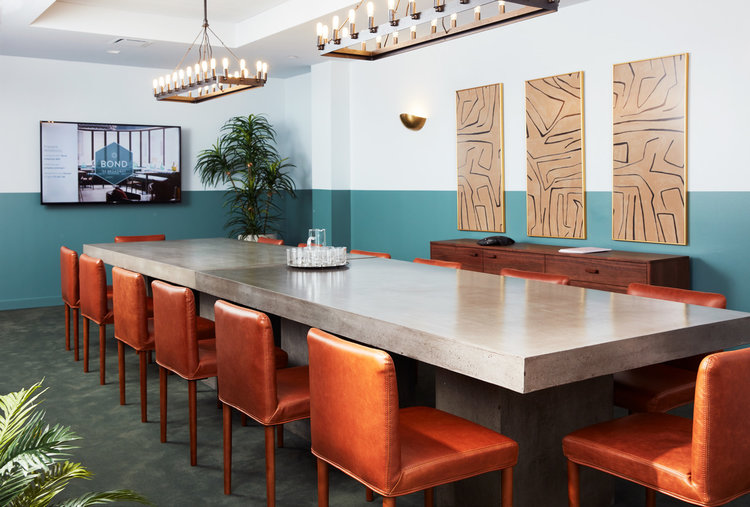
It’s vital to remember that organization is an ongoing process. It’s not going to happen overnight, especially if you’re a piler rather than a filer.
While you may get your desk organized in an hour or two, keeping it that way is more a marathon than a sprint. It’s going to demand your attention every day until the process of organization becomes a habit. So stick with it. And continue looking for ways to organize better, even if they seem unorthodox.
Keep in mind that what works for your teammate may not work for you. That’s OK. If you can keep your desk organized with a horizontal filing system instead of a vertical system, then that’s what you need to do. In this case, it’s less about the process and more about the result.
For more resources to help you manage your business or to learn about the advantages of coworking spaces for digital nomads, remote workers, and businesses of all kinds, visit BondCollective.com today.